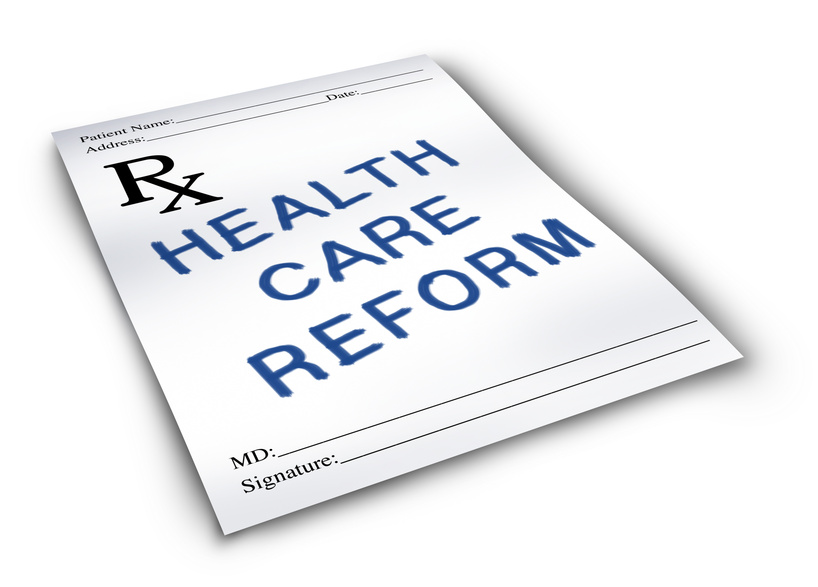What Is the Affordable Care Act (ACA)?
 Require most U.S. citizens and legal residents to have health insurance. Create state-based Health Benefit Exchanges through which individuals can purchase coverage, with premium and cost-sharing credits available to individuals/families with income between 133-400% of the federal poverty level and create separate Exchanges through which small businesses can purchase coverage. Require employers to pay penalties for employees who receive tax credits for health insurance through an Exchange, with exceptions for small employers. Impose new regulations on health plans in the Exchanges and in the individual and small group markets. Expand Medicaid to 133% of the federal poverty level.
Require most U.S. citizens and legal residents to have health insurance. Create state-based Health Benefit Exchanges through which individuals can purchase coverage, with premium and cost-sharing credits available to individuals/families with income between 133-400% of the federal poverty level and create separate Exchanges through which small businesses can purchase coverage. Require employers to pay penalties for employees who receive tax credits for health insurance through an Exchange, with exceptions for small employers. Impose new regulations on health plans in the Exchanges and in the individual and small group markets. Expand Medicaid to 133% of the federal poverty level.
Healthcare Reform For Individuals
[accordions] [accordion title=”How does healthcare reform impact you?”]Creates the Health Insurance Marketplace, a new way for individuals, families, and small businesses to get health coverage
- Requires insurance companies to cover people with pre-existing health conditions
- Makes it illegal for health insurance companies to arbitrarily cancel your health insurance just because you get sick
- Protects your choice of doctors
- Covers young adults under 26
- Provides free preventive care
- Ends lifetime and yearly dollar limits on coverage of essential health benefits
- Guarantees your right to appeal
- Plans must include Essential Benefits
- Limits annual cost-sharing to the caps on high-deductible plans linked to health savings accounts. Currently, those limits are $8,150 per year for individuals and $16,300 per year for families.
- Provides required preventive care with no copay.
- Ambulatory patient services
- Emergency services
- Hospitalization
- Maternity and newborn care
- Mental health and substance use disorder services, including behavioral health treatment
- Prescription drugs
- Rehabilitative and habilitative services and devices
- Laboratory services
- Preventive and wellness services and chronic disease management
- Pediatric services, including oral and vision care
Under the Tax Cuts and Jobs Act, passed December 22, 2017, the amount of the individual shared responsibility payment is reduced to zero for months beginning after December 31, 2018.
Beginning in tax year 2019, Form 1040 will not have the “full-year health care coverage or exempt” box and Form 8965, Health Coverage Exemptions, will no longer be used. You need not make a shared responsibility payment or file Form 8965, Health Coverage Exemptions, with your tax return if you don’t have minimum essential coverage for part or all of 2019.
Note: Some states have their own individual health insurance mandate, requiring you to have qualifying health coverage or pay a fee with your state taxes for the 2019 plan year.
[/accordion][accordion title=”Where do I purchase the coverage?”] You may purchase individual through the Exchange. Open Enrollment is November 1, 2018 for December 15, 2018 unless you have a qualifying event. [/accordion][accordion title=”Health Plan Basic”]
Premera Blue Cross offers the latest information including a brief video “Healthcare Reform Made Simple” that explains key elements of the Affordable Care Act, including how the federal tax credit works and important deadlines.
[/accordion][accordion title=”Understanding Insurance Exchanges”]Individual Exchanges-Allows individuals to compare plans and rates online. Will also allow for input of personal income to see if eligible for subsidies. Navigators may help to explain options but may not make recommendations. WA Healthplanfinder[/accordion][/accordions]
